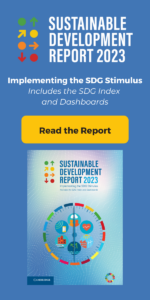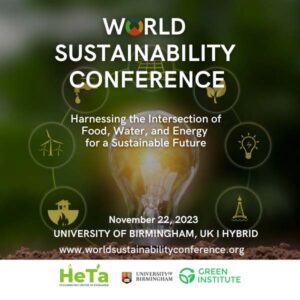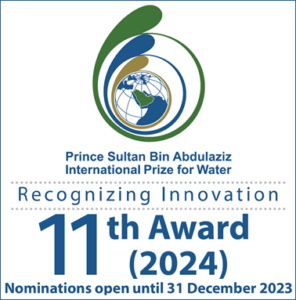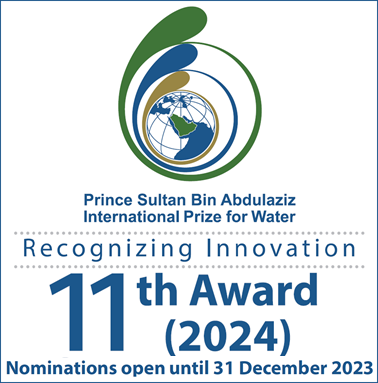Education is the enabler for sustainable development
Education is key to achieving the entire Agenda 2030. With just eight years to go, 2022 will be critical for revitalizing national and global efforts to transform education, so that all people have the skills and knowledge to coexist in harmony with our planet
Education — Global
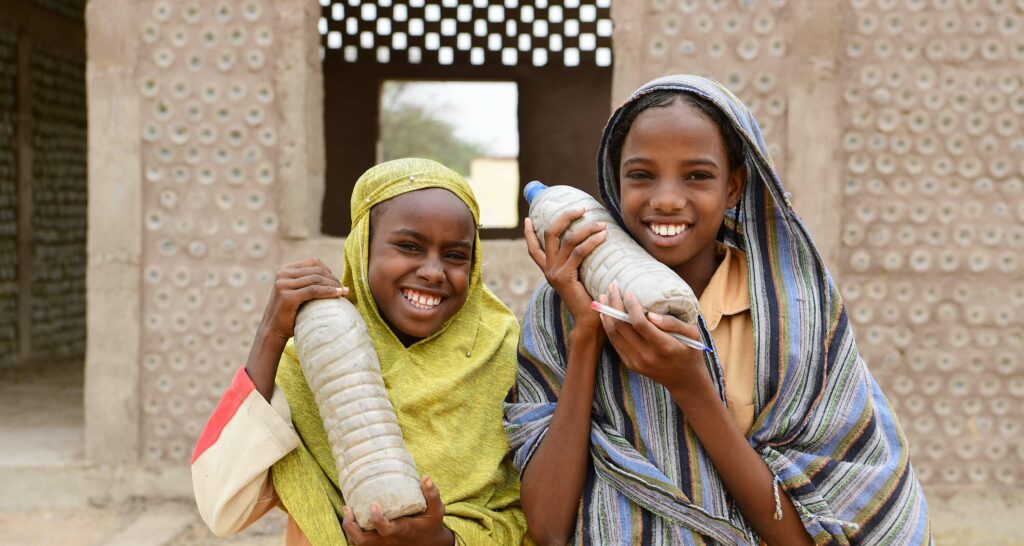
Almost seven years ago, over 150 world leaders gathered at the United Nations headquarters to approve the 2030 Agenda for Sustainable Development. The level of support for this ambitious agenda helped fuel optimism and a belief that these goals really were achievable by 2030. However, even discounting the major global crises that have occurred in the interim, delivery on the SDGs has been sluggish. One of the greatest impediments to progress has been a lack of scientific literacy, specifically understanding of sustainability, among the generations that hold leadership positions. Globally, education for sustainable development (ESD) remains deficient and it has been identified as a focus area for the Transforming Education Summit that the UN Secretary-General has convened for this year’s General Assembly.
UNESCO is the lead UN agency on ESD and has an ESD for 2030 framework to “mobilize education to address the [Sustainable Development Goals (SDGs)] and provide everyone with the knowledge, skills, values and attitudes to generate transformative change for sustainable development”. UNESCO will launch an ESD for 2030 Network in 2022 that will closely connect to the GAP Programme (2015 to 2019) and the ESD for 2030 Roadmap, while taking on board the recommendations of the UNESCO World Conference on Education for Sustainable Development Declaration (adopted in Berlin in May 2021). UNESCO calls for a new social contract on education to better meet the needs and expectations of future generations.
In support of UNESCO’s ESD for 2030 roadmap, the SDG Academy (SDSN’s flagship education initiative) is mandated to create and curate the best available educational content on sustainable development and make it available as a global public good. Initially the focus was on higher education institutions (HEIs), but the focus now is on the continuum of sustainable development education from pre-school into a lifelong effort of learning and practice. The mission of the SDG Academy (closely aligned to SDG Target 4.7) is to promote education pathways that will help learners to acquire the tools, skills, and knowledge to promote sustainable development at all stages of life.
HEIs are still a key actor in this mission as they are at the center of an intergenerational transfer and creation of knowledge for sustainable development. In addition, HEIs are responsible for training teachers and creating curricula in schools. Finally, HEIs also engage in upskilling of corporates and work within science–policy–practice interfaces. HEIs can and should be a key part of building SDG 4 capacities and pathways within and across nations at all stages of lifelong learning.
In 2020, the SDG Academy and Global Schools launched the global initiative Mission 4.7 in partnership with UNESCO, the Ban Ki-moon Centre for Global Citizens, and the Center for Sustainable Development at Columbia University. Mission 4.7 brings together leaders from government, academia, civil society, and business to accelerate the implementation of Transformative Education for Sustainable Development around the world and highlight the critical importance of education in achieving the SDGs. (The Mission 4.7 website also lists important ESD events).
Mission 4.7’s vision is a world in which the SDGs are achieved through the efforts of educators and practitioners (in government, corporates, and civil society) by providing them with the relevant educational content and fostering partnerships to advance sustainable development everywhere. Ideally, at every stage of life, individuals should understand how they coexist in harmony with people and planet. We may not wish to harm people, or our common home, but all of us must “go back to school” and learn how to create positive linkages to people and nature in our everyday activities. Not only will this secure a much-improved life support system for today’s people, but it also will secure a sustainable future for tomorrow’s people.
ESD is the key to achieving sustainable development through the following six SDG transformations:
- education, gender, and inequality
- health, well-being, and demography
- energy decarbonization and sustainable industry
- sustainable food, land, water, and oceans
- sustainable cities and communities
- digital revolution for sustainable development
Drawing on earlier work by The World in 2050 initiative, SDSN has introduced the above six SDG transformations as modular building blocks of SDG achievement. Each transformation identifies priority investments and regulatory challenges, calling for actions by well-defined parts of government working with business and civil society. None of these transformations can be operationalized if every individual in governments, corporates and civil society has little exposure to ESD and little experience to put learnings into practice in their sphere of influence. Hence, the first transformation above (education, gender, and inequality) is the necessary condition to achieve the other five.
This is an important year for transforming education. The key event is the Transforming Education Summit in New York during the 77th UN General Assembly in September 2022. The summit seeks to “mobilize political ambition, action, solutions and solidarity to transform education towards sustainable development: to take stock of efforts to recover pandemic-related learning losses; to reimagine education systems for the world of today and tomorrow; and to revitalize national and global efforts to achieve SDG 4.”
There was a successful pre-summit run by UNESCO in Paris from 28 to 30 June 2022. The pre-summit’s objective was to inform the UN Secretary-General’s call to action that will mobilize ministers and leaders of all countries, using SDG 17 partnerships, to transform education systems into teaching and learning spaces that show how to care for people and planet in a sustainable peace. As the UN Deputy Secretary General Amina J. Mohammed said at its conclusion, the transformation should “drive recovery, SDG acceleration and reimagine education for the future.”
One of the central messages to emerge was that education should be considered a global common good. There needs to be greater world-wide, collective responsibility to bring high-quality education to everyone, giving everyone the opportunity to fulfil their capabilities. And free, digital access will be a primary means to deliver it. In these circles, the concept is called Open Educational Resources (OER): it was the topic of several important side-events, including one co-hosted by SDSN, and UNESCO has created a cross-sectoral initiative to help drive progress, the OER Dynamic Coalition.
The role of education in the SDGs and the goal of the upcoming Transforming Education Summit were perhaps most succinctly summed up by Kenisha Arora, the Youth Representative of the SDG4 High-Level Steering Committee: “When people are educated, society is transformed. Financial literacy becomes financial freedom and economic development. Digital literacy becomes digital transformation. Climate literacy becomes climate action.”

